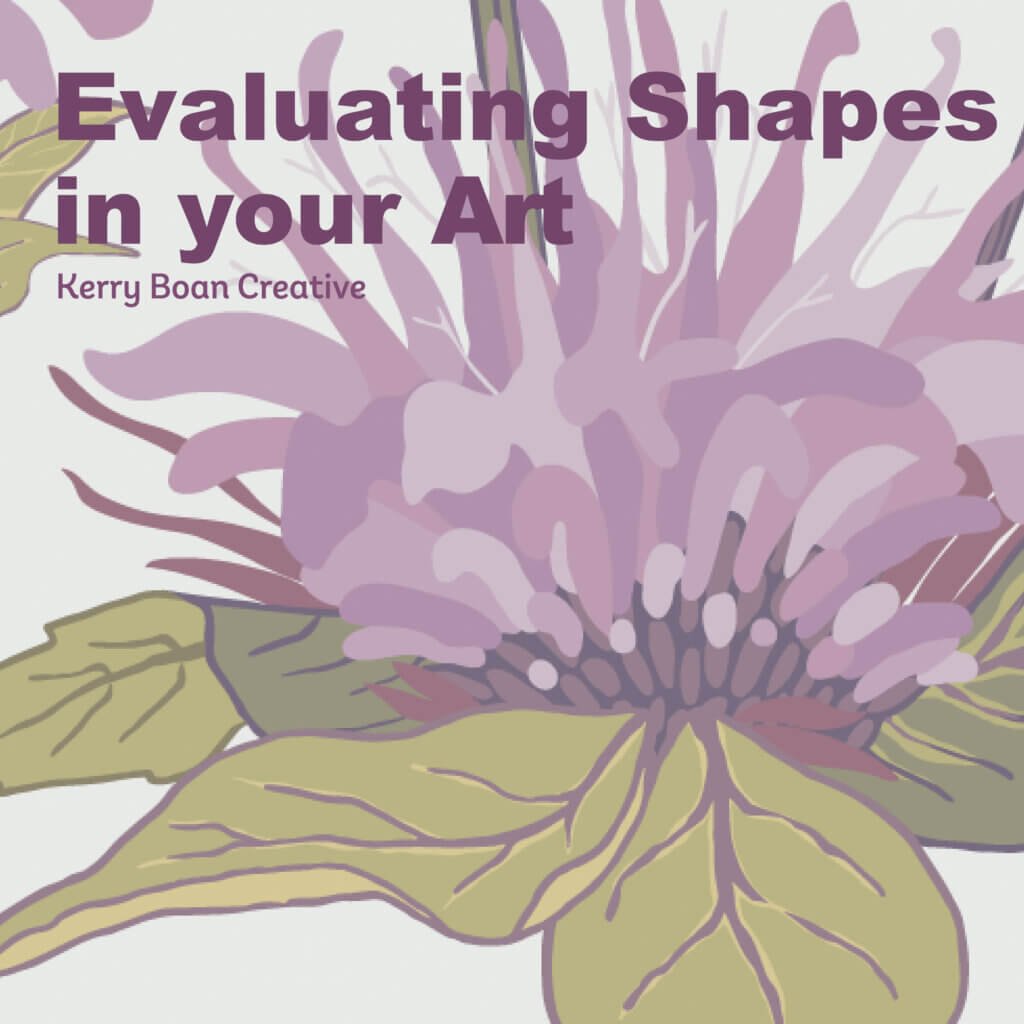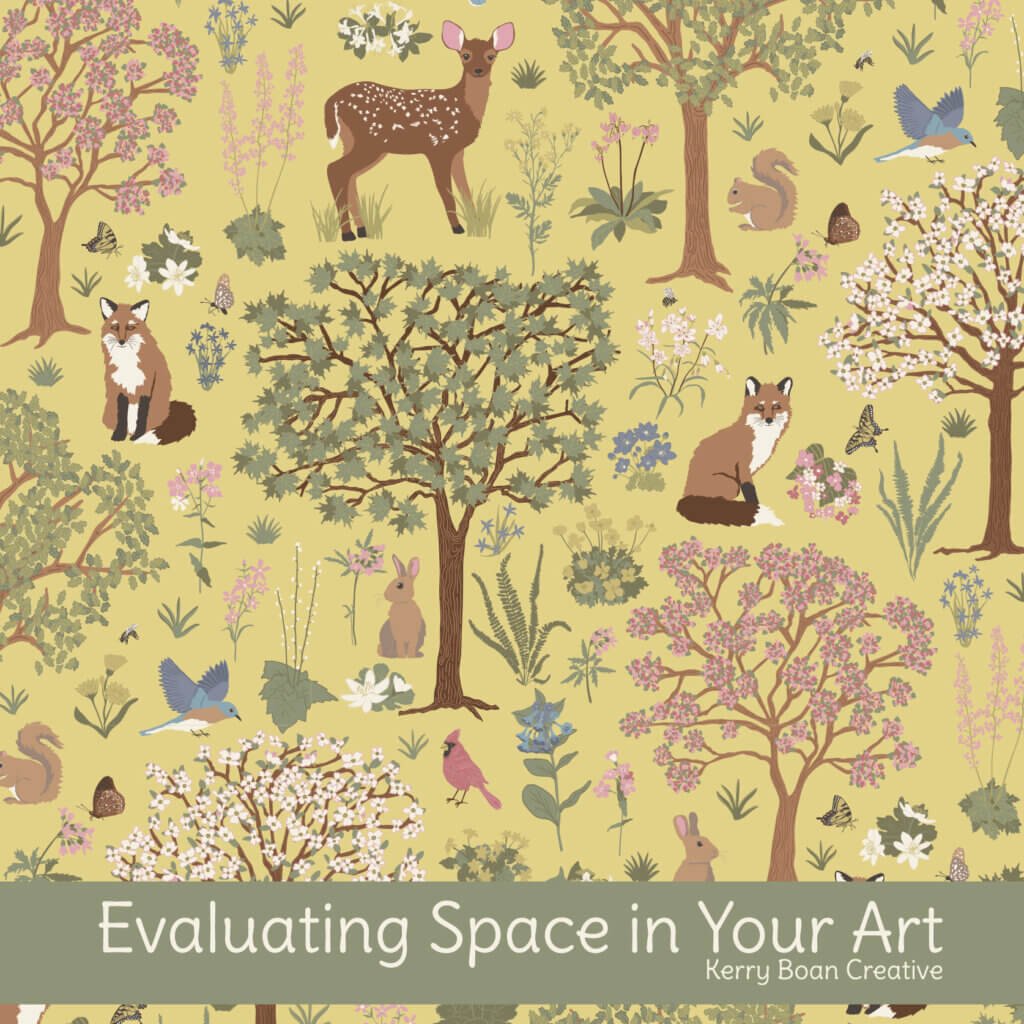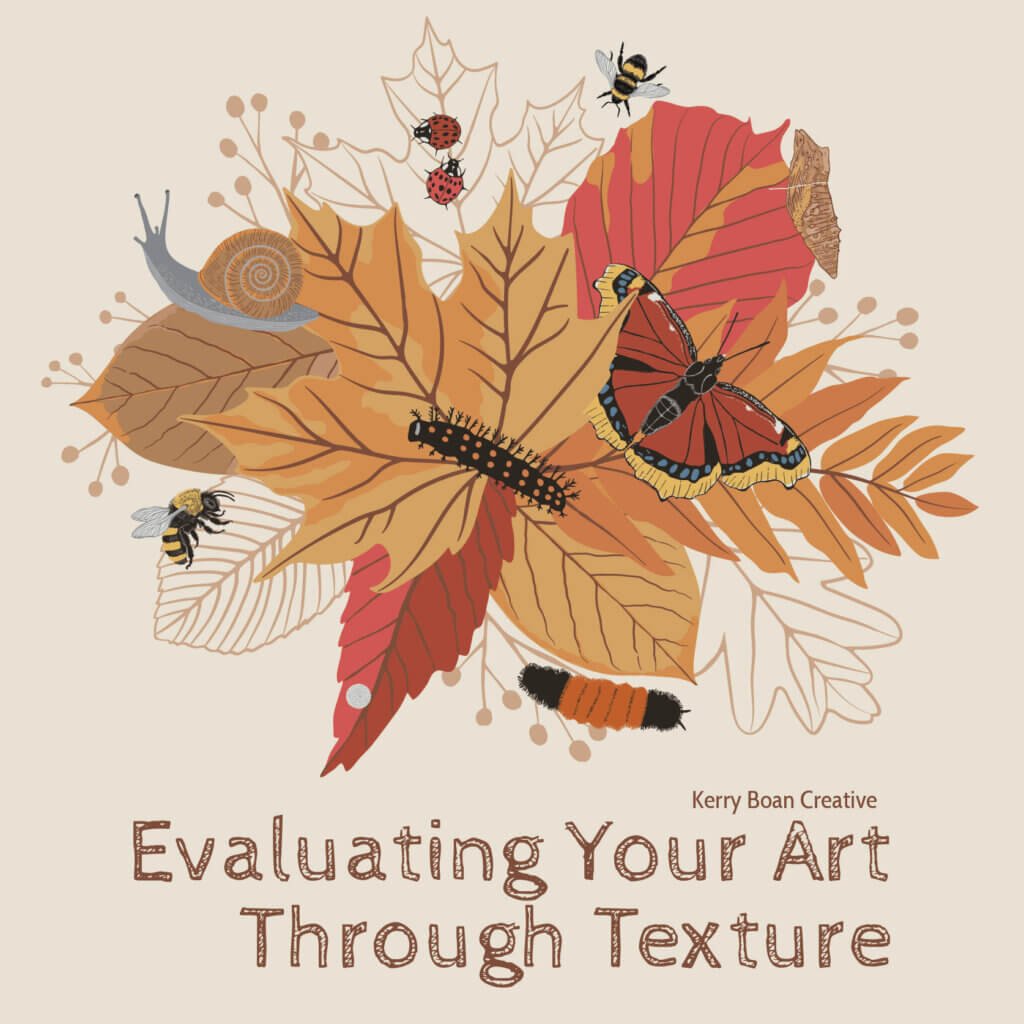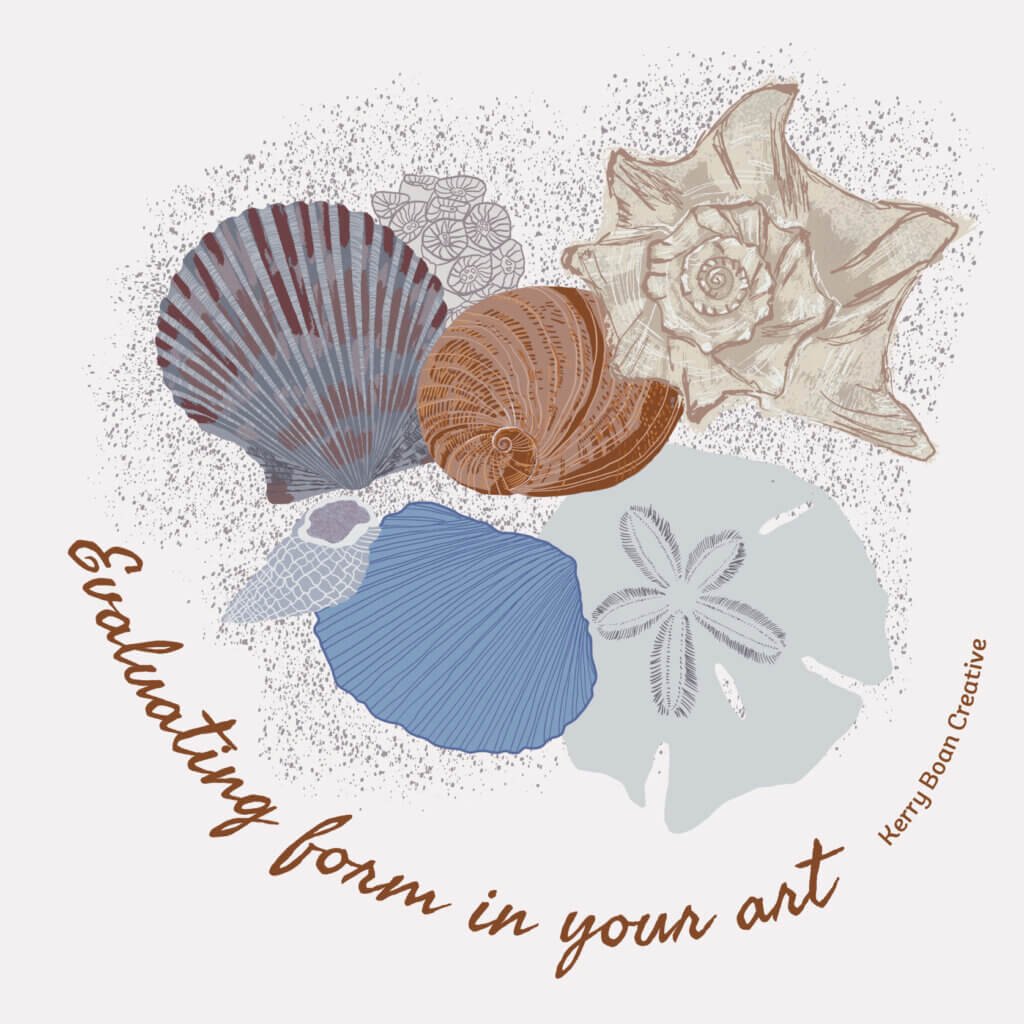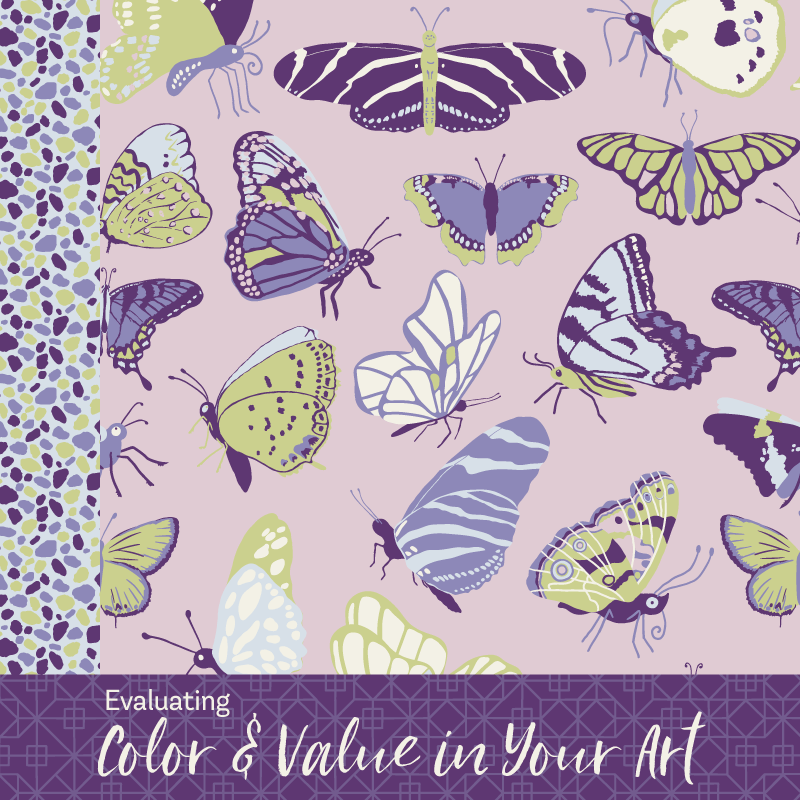Of all the seven elements of art, shape is one of the most fundamental. Shapes are the building blocks of illustration—they define what we’re looking at, whether it’s a flower, a leaf, or something entirely abstract. Paying attention to how shapes are used can help you understand what pulls you into a piece of art and what feels less appealing.
Like with linework, you don’t have to analyze every shape in detail. Instead, take a step back and notice the overall qualities: the types of shapes, their edges, their scale, and how they interact. Over time, you’ll start to see patterns in what kinds of shapes you’re consistently drawn to, and those patterns will become part of your visual vocabulary.
Shape type
Take a look at the artwork that inspires you and figure out what kinds of shapes are used? Are they natural, geometric, abstract, somewhere in between, or a combination?
- Geometric (squares, circles, triangles, precise)
- Organic (free-form, irregular, natural)
- Abstract (not clearly representational, more symbolic)
- Stylized (simplified or exaggerated versions of real things)
- Realistic (closer to natural proportions/forms)
Shape complexity
- Simple (basic outlines, easy to read)
- Detailed (many parts or intricate forms)
- Abstract (not clearly representational, more symbolic)
- Repeated motifs (same shape repeated)
- Unique/varied shapes (each one different)
Shape edge
- Hard-edged (crisp, sharp, defined)
- Soft-edged (blurry, faded, implied edges)
- Hand-drawn irregularity (wobbly, imperfect outlines)
- Repeated motifs (same shape repeated)
- Mechanical precision (clean, uniform outlines)
Shape scale & proportion
- Large/bold dominant shapes
- Small/minor supporting shapes
- Mixed scale (variation in size within the piece)
- Exaggerated proportions (shapes stretched, squashed, playful)
Shape arrangement & interaction
- Overlapping (stacked, layered)
- Isolated (shapes stand apart)
- Dense clusters (groupings)
- Evenly spread / all-over pattern
- Symmetrical balance
- Asymmetrical balance
Shape personality
- Rounded (soft, playful, approachable)
- Angular (sharp, dynamic, tense)
- Flowing (curved, graceful)
- Blocky (solid, heavy, grounded)
- Quirky (odd, unusual, unexpected)
By noticing how shapes are used, you’ll start to see not just what you like, but why you like it. Maybe you’re consistently drawn to organic, rounded shapes that feel approachable, or maybe geometric, angular shapes that feel bold and modern are what pull you in. Whatever you discover, these preferences become part of your artistic blueprint, something you can carry into your own work with intention.
